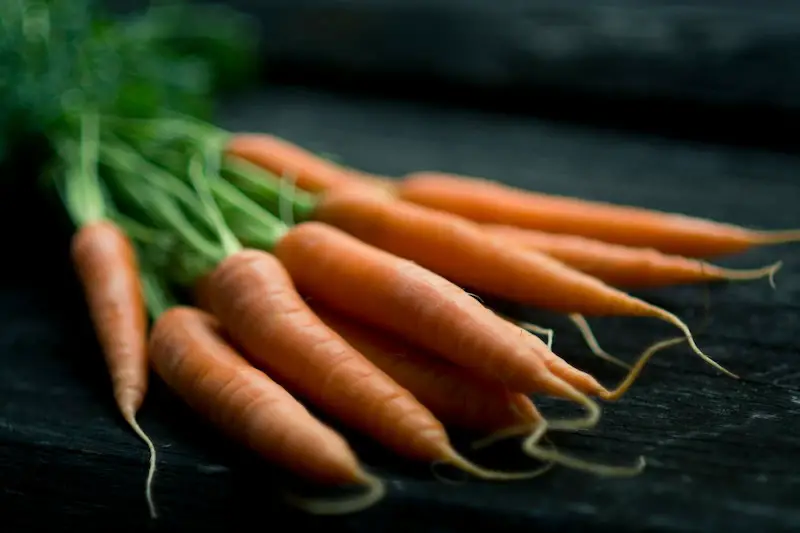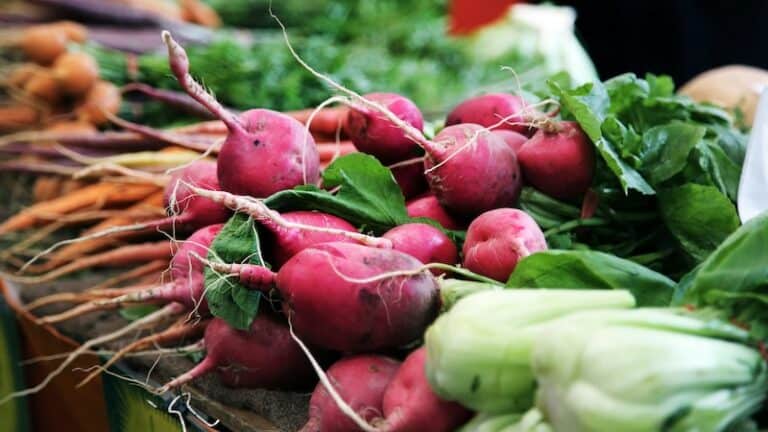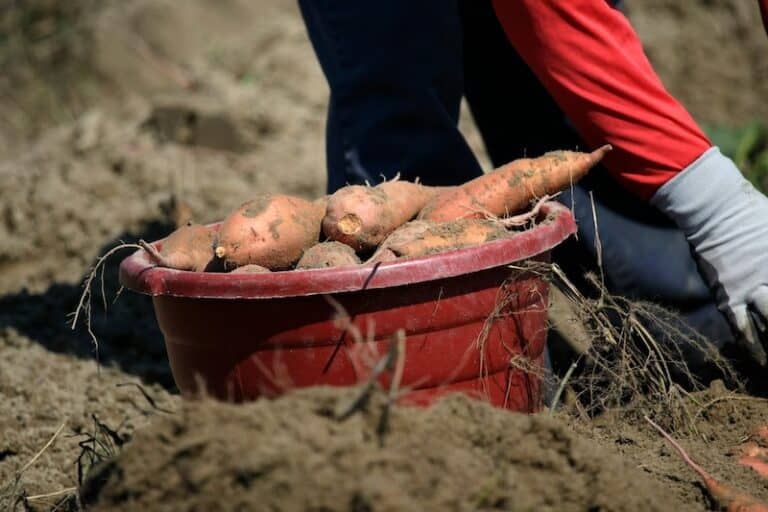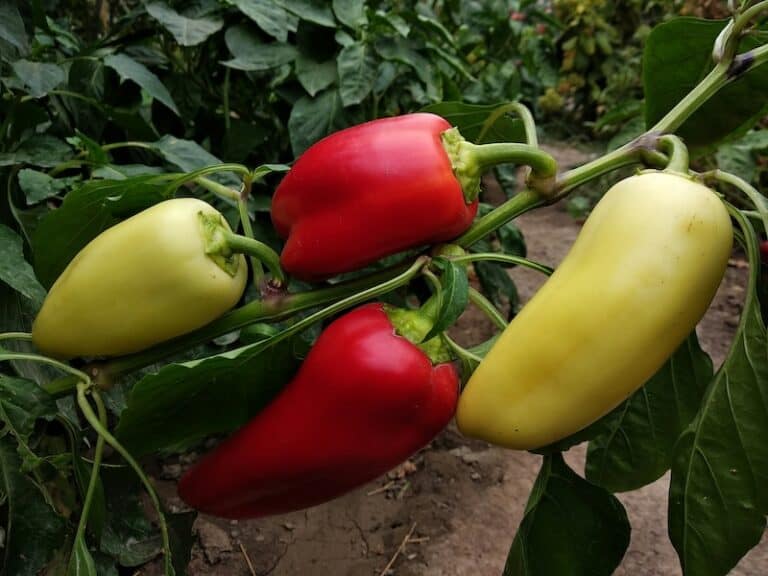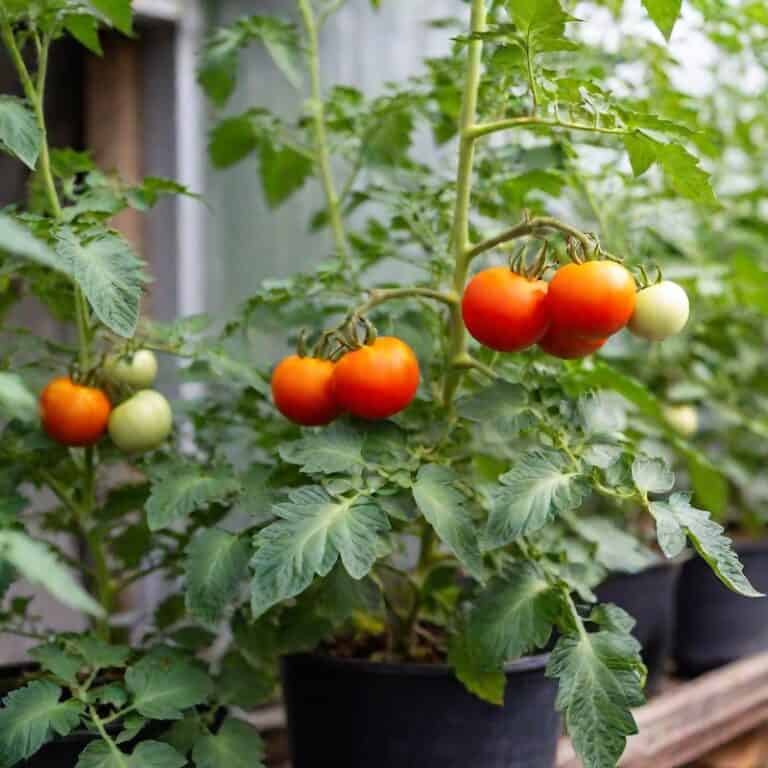Plant These 10 Vegetables in July for an Abundant Harvest
As July arrives, many gardeners might think it’s too late to start planting vegetables. However, mid-summer can actually be an excellent time to plant certain crops. With the right choices, you can enjoy a rich harvest well into the fall. Here are ten vegetables that you should plant in July to ensure a bountiful harvest.
1. Bush Beans
Bush beans are quick to grow and thrive in the warmth of July. These beans are compact, making them perfect for smaller gardens or even container planting. They mature faster than pole beans, typically within 50 to 60 days, ensuring a quick turnaround from planting to harvest.
- Planting Tips: Plant bush beans directly in the soil, about 1 inch deep and 2-4 inches apart. Ensure they get full sun and consistent moisture. Mulching can help retain soil moisture and keep the roots cool.
2. Carrots
Carrots can be a great addition to your July planting list. They prefer cooler soil for germination, but they will thrive in the summer heat once established. By planting carrots now, you can enjoy a fall harvest with sweet, crunchy roots.
- Planting Tips: Sow carrot seeds directly in the garden, about 1/4 inch deep. Keep the soil moist until the seeds germinate. Thin seedlings to 2-3 inches apart to give them room to grow. Carrots grow best in loose, well-drained soil.
3. Cucumbers
Cucumbers love warm weather, making July an ideal time to plant them. They grow quickly and can produce a substantial harvest within 50 to 70 days. Whether you prefer slicing cucumbers or pickling varieties, planting in July will ensure a steady supply for late summer.
- Planting Tips: Plant cucumber seeds or transplants in rich, well-drained soil. Space them about 12 inches apart in rows that are 3 feet apart. Cucumbers need a lot of water, so keep the soil consistently moist.
4. Kale
Kale is a hardy leafy green that can be planted in July for a late summer and fall harvest. It thrives in cooler temperatures and even improves in flavor after the first frost. Kale is nutritious and versatile, perfect for salads, soups, and smoothies.
- Planting Tips: Sow kale seeds about 1/2 inch deep and thin seedlings to 12-18 inches apart. Kale prefers full sun but can tolerate partial shade. Keep the soil moist and fertilize regularly for optimal growth.
5. Lettuce
Lettuce is another fast-growing crop that can be planted in July. Choose heat-tolerant varieties like romaine or butterhead for the best results. Lettuce matures quickly, allowing you to enjoy fresh salads in as little as 30 days.
- Planting Tips: Sow lettuce seeds directly in the garden, about 1/4 inch deep. Space seeds or thin seedlings to 6-12 inches apart. Lettuce needs consistent moisture and benefits from partial shade during the hottest part of the day.
6. Radishes
Radishes are one of the fastest-growing vegetables, making them perfect for a July planting. They can be ready to harvest in as little as 25 days, providing a quick addition to your salads and dishes. Radishes also help to break up the soil, improving its structure.
- Planting Tips: Sow radish seeds about 1/2 inch deep and 1 inch apart. Keep the soil moist and thin seedlings to 2 inches apart once they emerge. Radishes prefer cooler temperatures, so consider planting them in partial shade.
7. Spinach
Spinach can be challenging to grow in hot weather, but by choosing heat-tolerant varieties and providing some shade, you can have a successful crop. Spinach is nutritious and can be used in a variety of dishes, making it a valuable addition to your garden.
- Planting Tips: Sow spinach seeds about 1/2 inch deep and 2 inches apart. Thin seedlings to 4-6 inches apart. Provide some shade during the hottest part of the day and keep the soil consistently moist.
8. Turnips
Turnips are a versatile root vegetable that can be planted in July for a fall harvest. Both the roots and greens are edible, providing multiple uses from a single crop. Turnips are relatively fast-growing and can be harvested in 60 days.
- Planting Tips: Sow turnip seeds about 1/2 inch deep and 2 inches apart. Thin seedlings to 4-6 inches apart. Turnips prefer full sun and well-drained soil. Keep the soil consistently moist for best results.
9. Beets
Beets are another great choice for July planting. Both the roots and greens are edible and packed with nutrients. Beets can be harvested in about 60 days, making them a great crop for late summer and early fall.
- Planting Tips: Sow beet seeds about 1/2 inch deep and 2 inches apart. Thin seedlings to 3-4 inches apart. Beets prefer full sun and well-drained soil. Keep the soil consistently moist and mulch to retain moisture.
10. Zucchini
Zucchini, a type of summer squash, thrives in warm weather and can produce a prolific harvest when planted in July. Zucchini plants grow quickly and can start producing fruit in as little as 40-50 days.
- Planting Tips: Plant zucchini seeds or transplants in rich, well-drained soil. Space plants about 2-3 feet apart. Zucchini needs full sun and consistent moisture. Regular harvesting encourages more fruit production.
General Tips for a Successful July Planting
- Soil Preparation: Before planting, enrich your soil with compost or organic matter to improve its fertility and structure. This will help your vegetables grow strong and healthy.
- Watering: July can be hot and dry, so ensure your plants receive consistent moisture. Water deeply and regularly, especially during dry spells. Mulching around your plants can help retain soil moisture and reduce evaporation.
- Shade and Protection: Some vegetables, especially leafy greens, can benefit from partial shade during the hottest part of the day. Consider using shade cloth or planting taller crops nearby to provide some relief from the intense sun.
- Pest Management: Pests can be more active in warm weather, so keep an eye out for common garden pests like aphids, caterpillars, and beetles. Use organic pest control methods such as neem oil, insecticidal soap, or introducing beneficial insects like ladybugs.
- Fertilization: Fast-growing summer vegetables can benefit from regular feeding. Use a balanced fertilizer or compost tea to provide essential nutrients throughout the growing season.
- Succession Planting: To ensure a continuous harvest, practice succession planting by sowing seeds every few weeks. This will stagger the growth and harvesting times, providing a steady supply of fresh vegetables.
- Harvesting: Harvest your vegetables regularly to encourage more production and prevent overripening. Many plants, such as zucchini and bush beans, produce more when picked frequently.
Conclusion
July is not too late to start planting vegetables. With careful selection and proper care, you can enjoy a bumper harvest well into the fall. Bush beans, carrots, cucumbers, kale, lettuce, radishes, spinach, turnips, beets, and zucchini are all excellent choices for July planting. By following the tips provided, you’ll be well on your way to a productive and rewarding gardening season. Happy planting!

